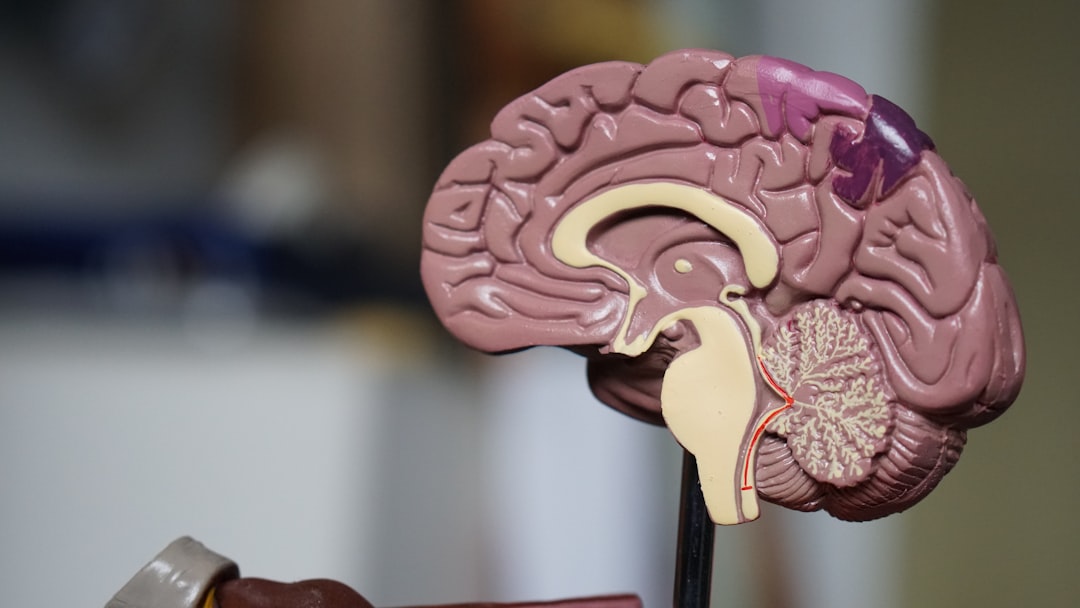What is it about?
The development of on-site venom detection devices is the need of the hour for enabling orderly detection of poisoning cases at the scene of the accident/crime, besides testing for illegal trade of snake parts, including venom, protected under the Wildlife Act. Therefore, identifying the species of the snake responsible for envenomation in a victim is critical for clinical and forensic management of poisoning cases. However, the monovalent antivenom therapy and the field-level detection of venom conducive to adequate crime scene management are limited by the tools available for species or family-specific identification of the venom under question. Therefore, for differential detection of the Elapids of the big four snakes from the Viperidae, the study reports a monoclonal antibody-based lateral flow assay kit using recombinant Cytotoxin– 7 protein. The kit can effectively detect the venoms of big four elapids in both simple and complex matrices of the samples and can be adapted for its use in differential diagnosis.
Featured Image

Photo by Godwin Angeline Benjo on Unsplash
Why is it important?
There is a dire need for the development of point-of-care testing kits for specific and sensitive determination of causative species of any envenomation. With the vast overlap in the genomic and proteomic make-up of different snake species and even snake families, it is of utmost importance to identify the species-specific differential biomarkers and subsequently incorporate them in detection kits.
Perspectives
The differences and similarities in the genomic and proteomic data of diverse snake species from varied geographical locations need to be intricately analyzed and corroborated with existing studies.
Sherin Kaul
National Institute of Animal Biotechnology
Read the Original
This page is a summary of: Cytotoxin antibody-based colourimetric sensor for field-level differential detection of elapid among big four snake venom, PLoS Neglected Tropical Diseases, October 2021, PLOS,
DOI: 10.1371/journal.pntd.0009841.
You can read the full text:
Contributors
The following have contributed to this page










